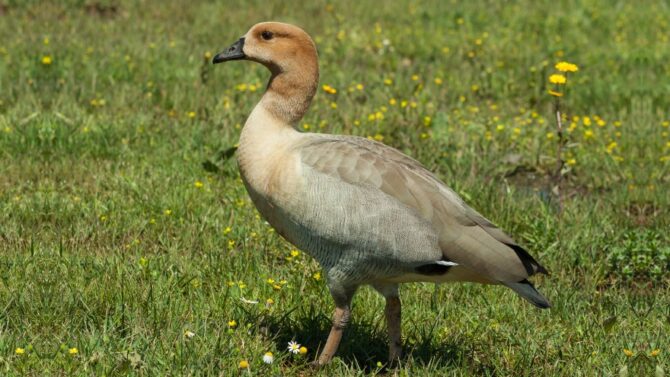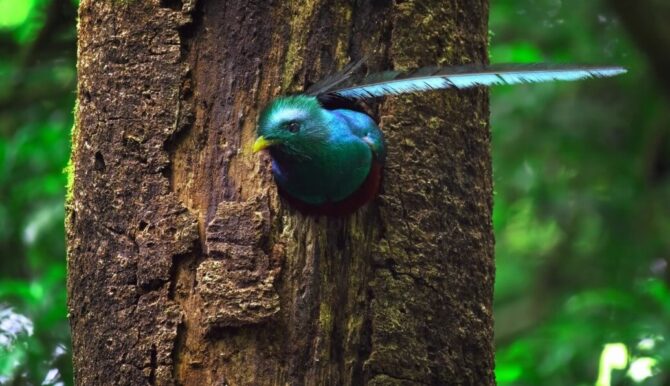Learn about bird hybrids, crossbreeding habits, and their effects.
Birds are fun avian creatures that most people love, and some even keep them as exotic pets.
There are so many species of these animals in existence, and some of them are the results of hybridization.
They occasionally mate between species, and the results are called hybrids.
Can a Bird Crossbreed?
A hybrid bird is a bird that has two different breeds as parents. Although rare, they are possible in every avian group.
The resulting offspring may present a combination of attributes inherited from both sides.
It may also look completely different from them; such cases are rare. More often than not, hybrids will present in-between features of their parents.
A hybrid is considered a success when it can produce fertile offspring.
Hybridization is a recurrent phenomenon that has been happening for thousands of years.
It is the reason behind the extinction of some species of birds and has rendered others endangered.
A recent analysis of this event revealed that about 16% of wild birds have hybridized with one another; this percentage rises to 22% when captive birds are taken into account.
Common Bird Hybrids

Some birds are capable of reproducing with numerous other bird species.
The Mallard is a species of bird that is notorious for crossbreeding. Whether wild or domestic, it can interbreed with over 40 different bird species.
This duck constantly puts several other species at risk of extinction.
However, this isn’t the only bird that mixes it up more often than average.
Birds of paradise, gulls, waterfowls, and hummingbirds are known for this too.
Constant interbreeding among smaller gulls those not occur; larger gulls, on the contrary, have made it their mission to create every sort of gull-hybrid.

A cross between the Western and Glaucous-winged Gulls known as the Olympic Gulls are common and very fertile and are much fitter than their parents.
Over 20 hummingbird hybrids have been noted, and random hybridization among birds is constant.
Effects of Crossbreeding
The interbreeding of birds allows for favorable conditions and enables the evolution of this species.
It is very much widespread; one out of ten birds is a hybrid.
An extensive study of Darwin’s finches on an island revealed that hybrids are much more evolutionary fit than their parents.1 That said, hybrids face other sorts of challenges too.
One of the main challenges they face is linked to environmental factors rather than genetics.
Hybrids are formed through a mutation of parental genetics, thus rendering it next to impossible to keep a race pure.
Conclusion
Birds are very interesting animals to observe. From their mating process to their manner of reproduction between breeds, all these help in the scientific process of understanding hybridization.
It is a procedure that leads to the mutation of genetic structures, thereby leading to the disappearance of some species.






